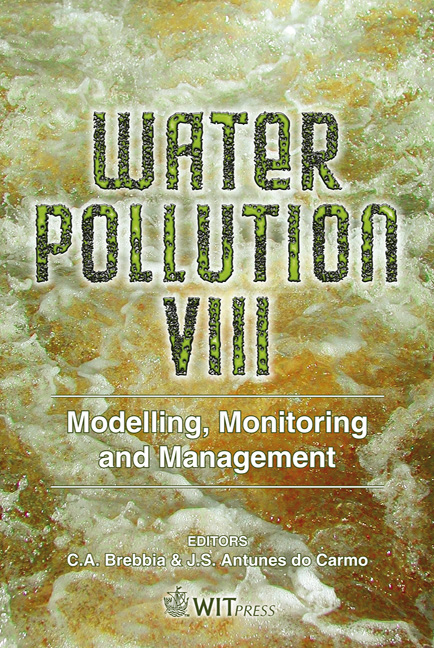Comparison With GW Predictive Modelling, Pilot Tests And Design Of An Injection Hydraulic Barrier
Price
Free (open access)
Transaction
Volume
95
Pages
9
Published
2006
Size
1,730 kb
Paper DOI
10.2495/WP060231
Copyright
WIT Press
Author(s)
A. Amantia, P. Bendotti, G. Donini & M. Molinari
Abstract
In March 2004 the Italian Environmental Protection Agency (APAT) and the Environmental Minister approved the largest Italian injection hydraulic barrier to protect the sea and the local coastline by LNAPL migration out of a refinery located in south eastern Sicily (Italy). The barrier consists of 65, 20 m deep, injection wells and 9 pumping wells at the end points located along a 1500 m long stretch of coastline; fresh water injection is predicted to have a rate ranging from 100 to 130 m3/h at depth between 2 and 20 m b.g.l. Pumping rates from terminal extraction wells will be about 40 m3/h. GW Modelling techniques have been used for the definition of number, distance, depth, and recharge requirements of injection wells. An extensive ground water survey including water level measurements, EC profiles, hydraulic tests, and hydrogeochemical characterization of groundwater was conducted in order to define the aquifer properties, groundwater discharge and fresh/salt-water ratio. Good accordance has been found between predictive modelling and effective mounding in the aquifer for the injection barrier. Actually the front end engineering design of the barrier has been completed, 65 wells drilled and the preliminary systems are already installed. Keywords: injection hydraulic barrier, polluted groundwater, saltwater intrusion, hydraulic pilot test.
Keywords
injection hydraulic barrier, polluted groundwater, saltwater intrusion, hydraulic pilot test.





